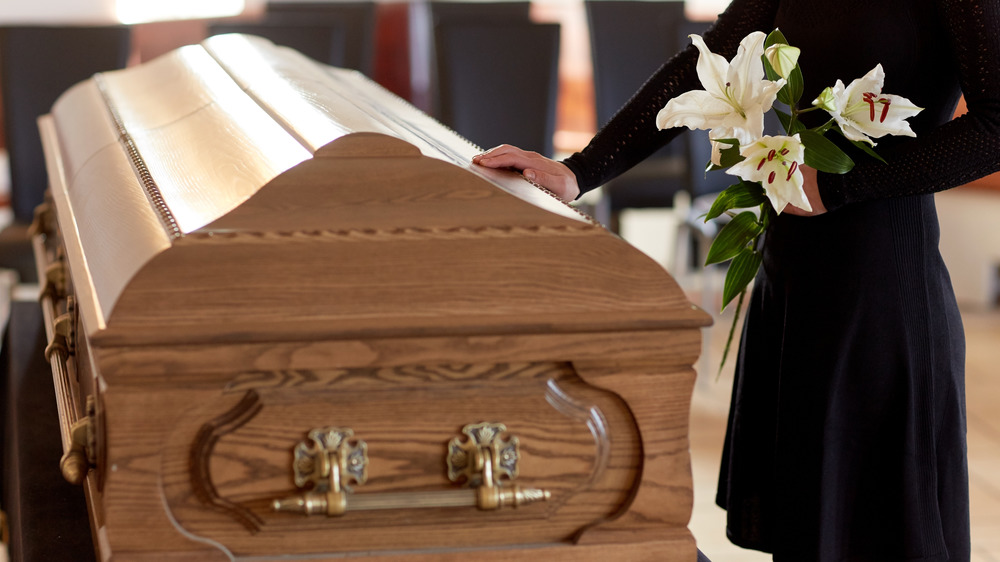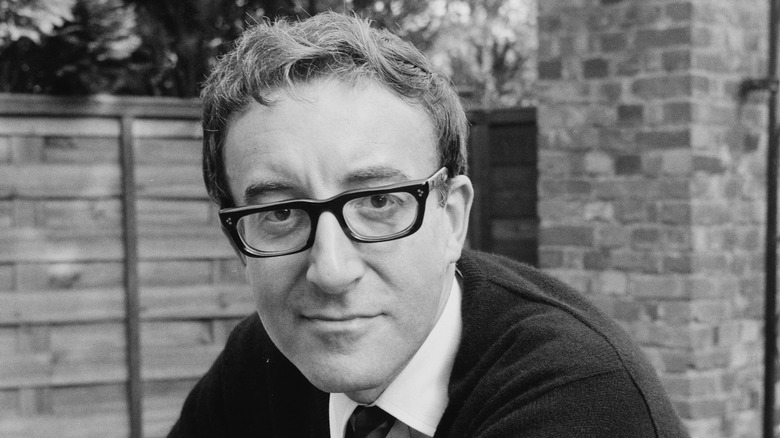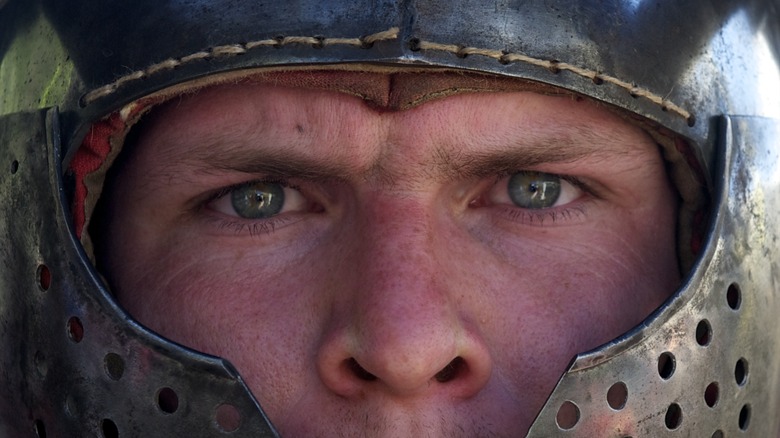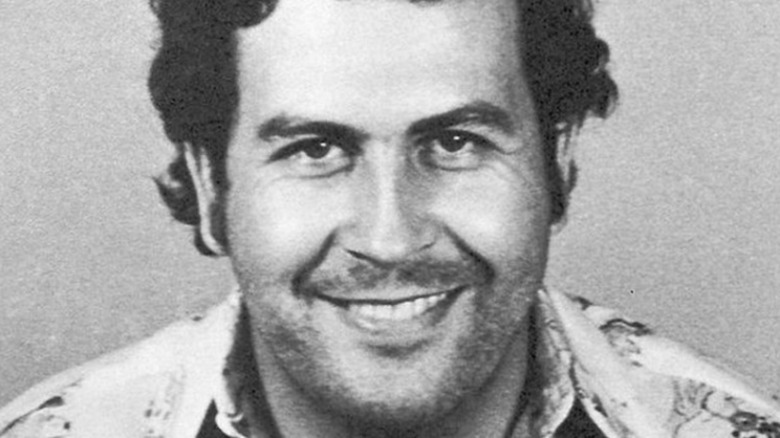
What Really Happens To Your Body When You Fall To Your Death
According to Psychology Today, some of our seemingly intrinsic human fear of heights stems from a quirk in our sense of proprioception, which is the way the brain judges the body’s position relative to other objects. One trick the human mind utilizes to do this is by using visible objects surrounding us as reference points — out to about 30 feet or so. Put simply, when looking out or down over a long drop, there are no objects there to ground us, and the brain is quite understandably creeped out by this.
Of course, there’s far more to the fear of heights, or acrophobia, than just this. Regardless, though, those who can’t bear heights probably won’t be comforted by the grim reality of what happens to somebody who falls to their death. The trauma inflicted on the body is horrific.
As soft and delicate as the human body seems, it’s actually surprisingly resilient. When it comes to falls, according to Forbes, we tend to survive drops of up to around 26 feet. Of course, this will depend on various factors (such as what happens to be 26 feet below the falling person at the time), but it’s quite an impressive figure nonetheless.
Sudden impact has a devastating effect on the body
In the case of fatal falls, the injuries a person suffers will depend on how fast they were falling, the surface they landed on, and which part of the body first impacted it. The terminal velocity (fastest falling speed) of a human in a “stable, belly to earth position,” averages out at around 120 mph, and those in a head-down position travel faster — up to about 180 mph says Speed Skydiving.
As Mosaic reports, in 2007, the Moreno brothers, who worked as Manhattan window cleaners fell, 472 feet from the scaffolding on Solow Tower when their support gave way. Edgar Moreno struck fencing as he fell and was killed on impact, but Alcides Moreno survived after extensive medical care. He required 24 pints of blood before he would stabilize. He broke both legs, one foot, one arm, and multiple ribs, as well as suffering awful damage to several organs. It was remarkable that he lived, and it’s suggested that he did so only because certain factors (such as the platform taking some of the brunt of the impact) reduced the force of the collision. Their terrifying fall lasted only six seconds.
ABC Science explains that it’s the force of such sudden deceleration that causes such extensive damage. Falling at around 124 mph, an immediate stop means that at the point of impact, the internal organs weigh around 7,500 times more than usual in that brief instant. The pressure of this can tear the aorta away from the heart, rupture every blood vessel in the body, and be all-around very, very fatal indeed.

The Real Reason People Used To Worship Turkeys Like Gods

The Real Reason The Great Auk Penguin Went Extinct

Everything We Know About Walt Disney World's Secret Tunnels

Most Dangerous Animals In Africa

The Horrible Disney World Accident That Had Guests Fleeing For Their Lives

The Scary Weapon People Can Create With 3D Printers

The Messed Up History Of Thanksgiving

What Really Happens To Your Body After 50 Years In A Coffin

Hitler's Austrian Birth Home To Be Turned Into Police Station

Famous 'Freaks' And Creepy Carnival Acts From History























